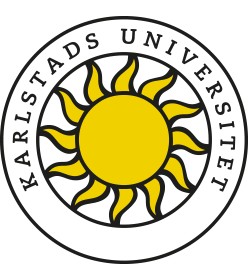Step 6: Share your research
When sharing your research, it is important to think through which target groups you have, and how you can best reach them. Researchers can be reached through scientific publications and conferences, but you also need to reflect on other dissemination paths.
- Are there, for example, organizations or academic networks that you can use?
- Could you reach groups outside universities through articles in the general media?
- How should you package your research so that it becomes understandable and interesting for different actors?
Successful research communication depends on your ability to understand and adapt your message to different target groups.

Publishing and open access
In research applications, it is important to clearly explain to the funders what the project will result in, for example when it comes to publications. Funders have different expectations and requirements for publications. It is therefore important to carefully read the respective funder's instructions, and make sure to meet them. This part of the manual describes an aspect of publishing that is important for most funders, namely open access.
Open access can be defined as:
1) Free and permanent access to published research
2) Clear guidelines for readers to share and use the content.
Below is explained how researchers can comply with funders’ open access requirements.
Applying for open access publication funding from the research funder
Publishing with open access often means that a costly fee for article or book publishing is required of the author. Many funders allow such costs to be included in the application, however, it is important to check what terms that applies. In some cases, you are asked to state an amount that you think covers the publication. In other cases, only funding up to a certain predetermined amount is granted.
If the funder gives you the opportunity to choose the amount sought for open access publishing, make sure you do not apply for too little money. The fee for a single journal article can in many cases be tens of thousands of Swedish kronor, although the amounts can differ between different journals and publishers. For this reason, it is important that you check the publishing fees for your potential publication channels. Information about these can be found on the journals' or publishers' websites. Include the publishing costs in the project budget at the place indicated by the funder.
Financial support from Karlstad University
In many cases, the university library has agreements with journals and publishers that mean that you as a researcher do not have to pay any publishing fee, or that the fee is discounted. If the journals you want to publish in are covered by the agreements, you are still recommended to apply for funds for publishing, as it cannot be guaranteed that the agreements will still apply when it is time to publish the results of the project.
Free open access publishing
If your journal of choice does not offer an open access option - or if you lack funding to pay the APC - the solution can be parallel publishing, or the green road to open access: When the article is published, or – depending on funders’ and publishers’ rules – after an embargo period, you can make a copy of your accepted manuscript public via our publication database DiVA. It is the accepted version of the manuscript that shall be added to the repository, not the submitted version nor the publisher’s version. Information about embargo times and other rules on parallel publishing for different journals can be found here or on the publishers’ websites. Important to note is that the green road to open access means that the journal/publisher retains copyright to your publication.
If you have questions, please contact publiceringsstod@kau.se.

